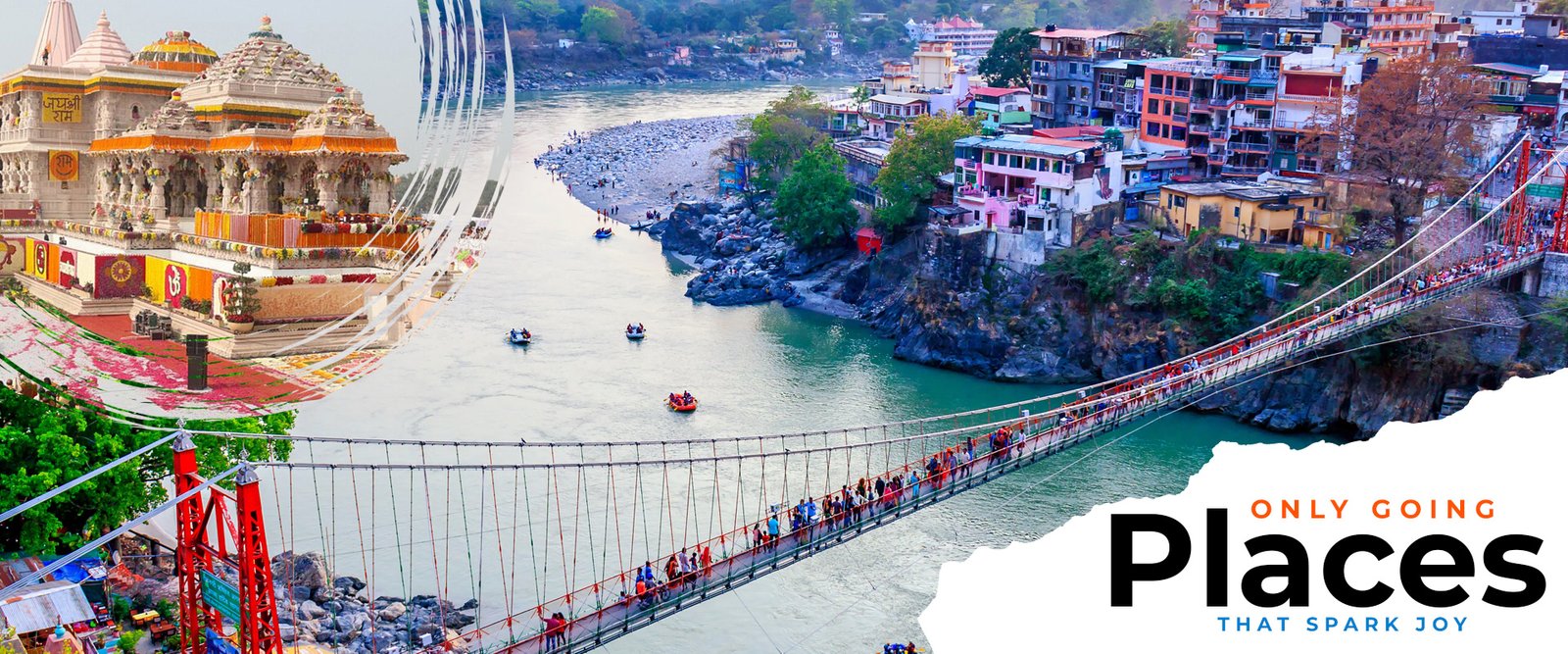
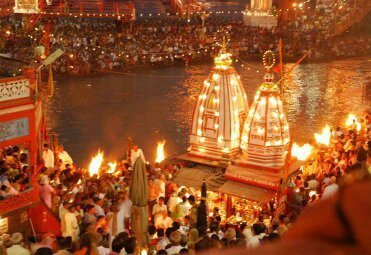
The Ganga is India's most important and iconic river. It flows down from its glacial source in the high Himalayas to course through five states in the northern plains before draining into the swirling waters of the Bay of Bengal through the Sunderbans delta, the largest mangrove system in the world.
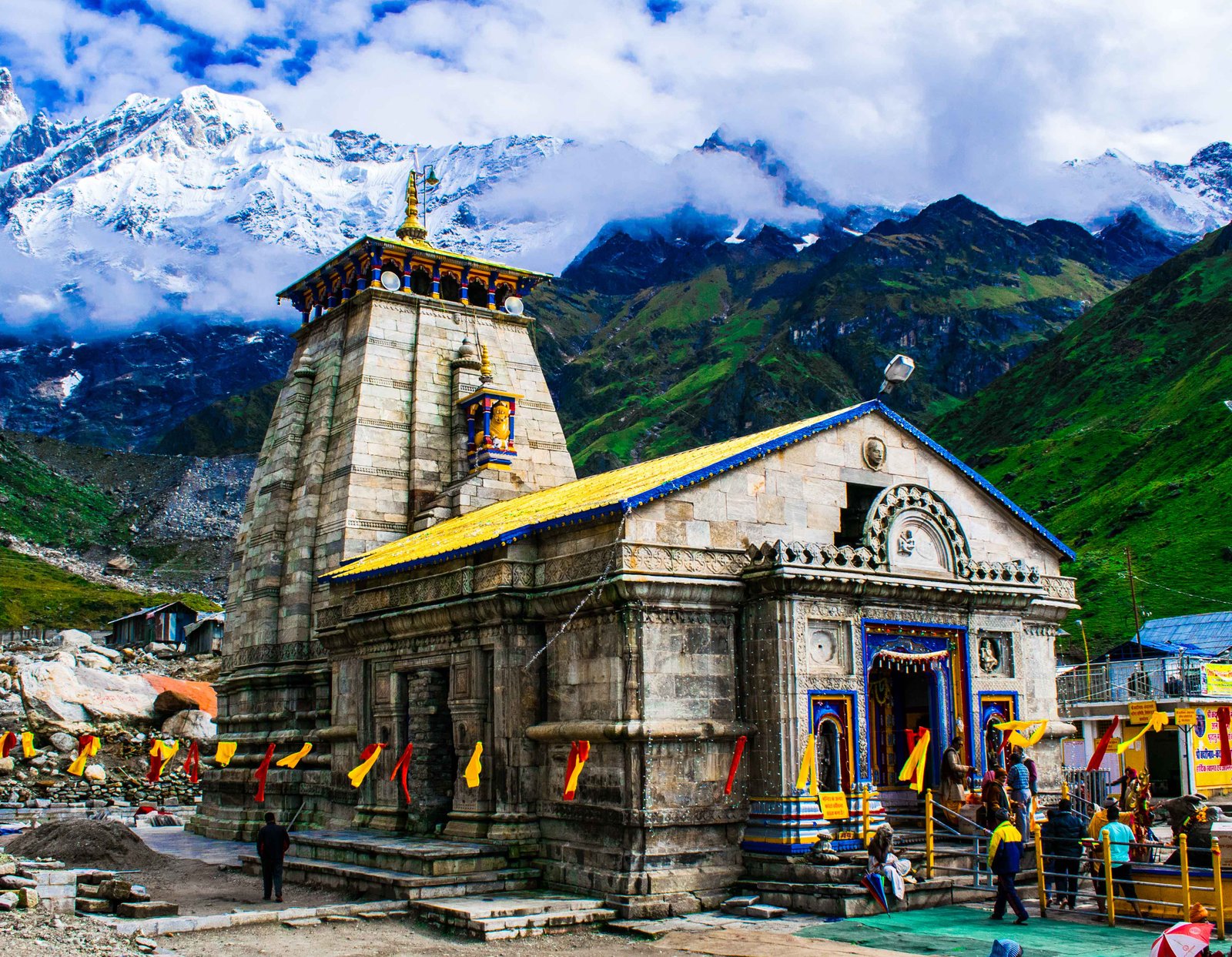
The Temple at Kedarnath presents an imposing sight, standing in middle of a wide plateau surrounded by lofty snow covered peaks. The temple was originally built in 8th century A.D. by Jagad Guru Adi Shankaracharya and stands adjacent to site of an even earlier temple built by the Pandavas.
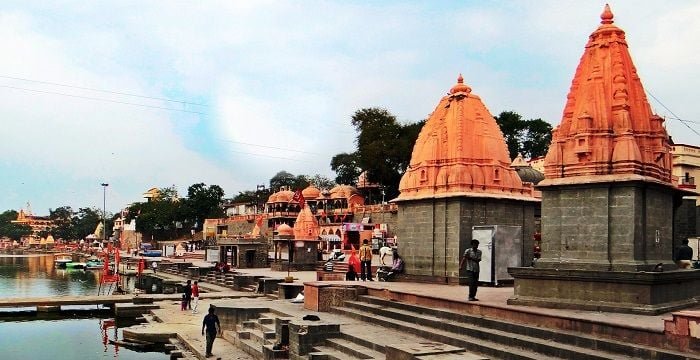
Ujjain is ancient and historical city that is 5000 years old. It is described as the best city in Adi Brahma Puran and it is called mokshda and bhukti-mukti in AgniPuran and Garuda Puran. There was a time when this city had been a capital of a big empire. This city has a glorious history
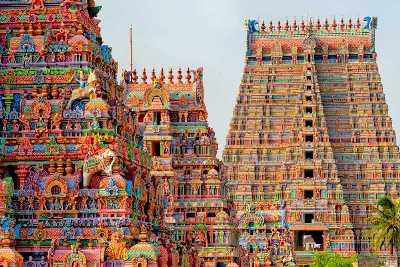
The temple has 17 major gopurams (towers, 21 total), 39 pavilions, 50 shrines, nine sacred water pools, Ayiram kaal mandapam (a hall of 1000 pillars) and several small water bodies inside. The temple is aligned to the north-south and east-west axis, on an island surrounded by the Kaveri River.
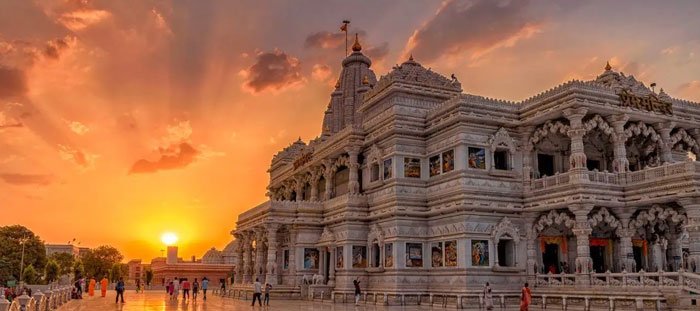
Prem Mandir is a Hindu temple in Vrindavan, Mathura, India. It is maintained by Jagadguru Kripalu Parishat, an international non-profit, educational, spiritual, charitable trust. The complex is on a 54-acre site on the outskirts of Vrindavan, and is dedicated to Lord Radha Krishna and Sita Ram.
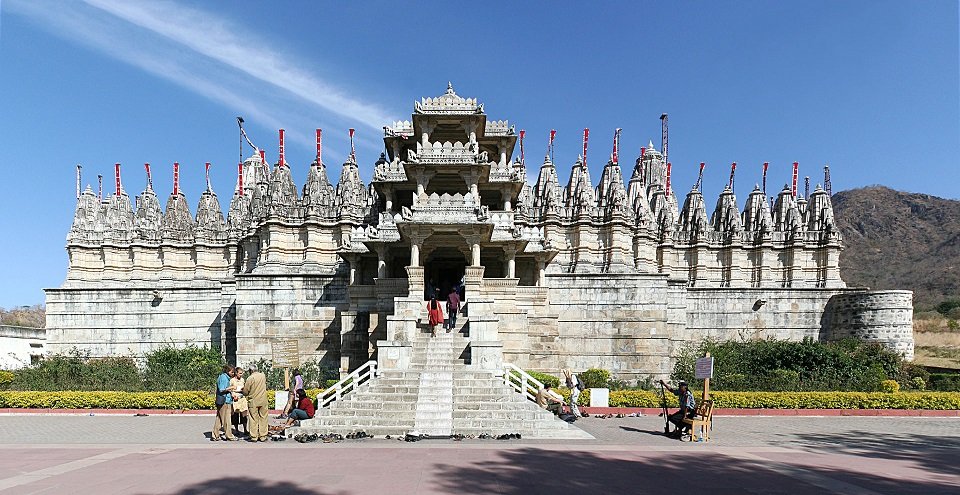
The Ranakpur temple complex in Rajasthan comprises of 1444 intricately carved pillars, 24 pillared halls accompanied by 80 domes which are borne by 400 columns. The apogee of this entire temple architecture is the fact that no two pillars in here are the same!
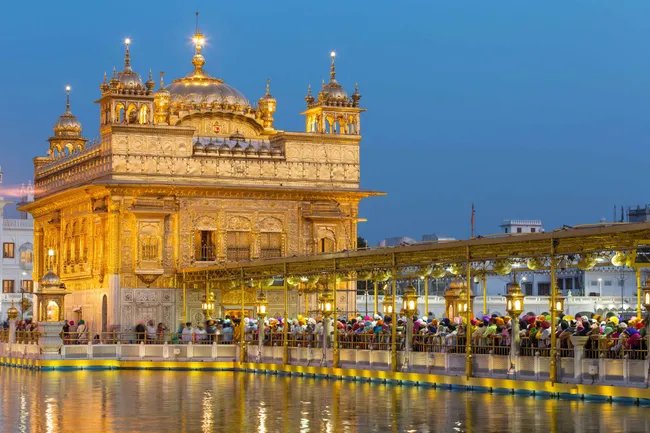
Amritsar has been named after the pond that surrounds Golden Temple. 'Amrit' means the nectar of immortality and 'sar' or 'sarovar' stands for the pond. Amritsar has been named after the pond that surrounds Golden Temple. 'Amrit' means the nectar of immortality and 'sar' or 'sarovar' stands for the pond
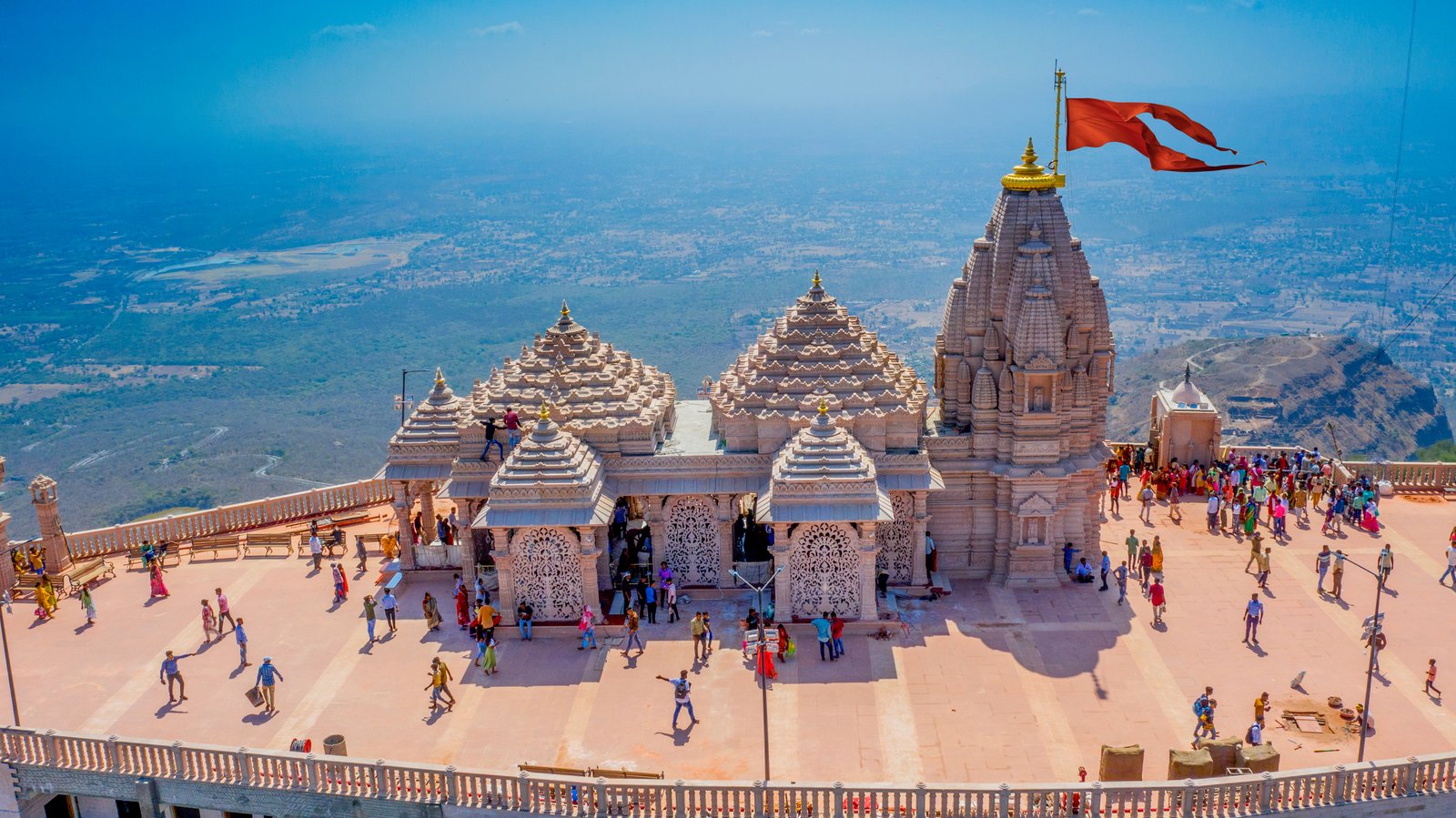
The temple is one of the biggest tourist and pilgrimage centers in Gujarat, attracting large numbers of people every year. It is a Chodhri tradition to make a pilgrimage here at least once in a lifetime. Devotees of Kalika Mata visiting the temple "worshipped by beating bell-metal symbols
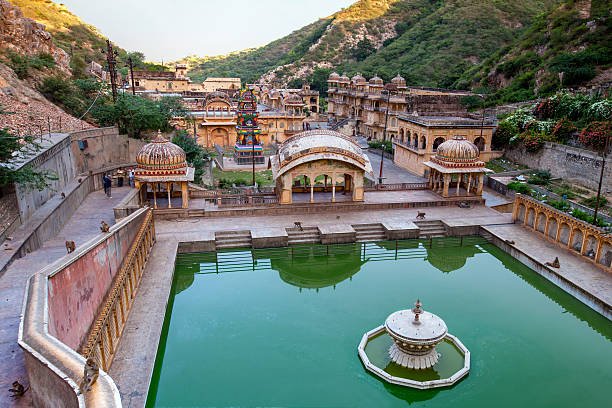
The temple is known for its natural springs, the water from which accumulates in tanks (kunds). There are seven tanks, the holiest being the Galta Kund, which never goes dry. It is considered auspicious to bathe in the waters of Galtaji, especially on Makar Sankranti, and thousands come to bathe every year.